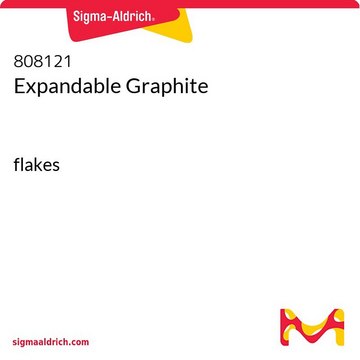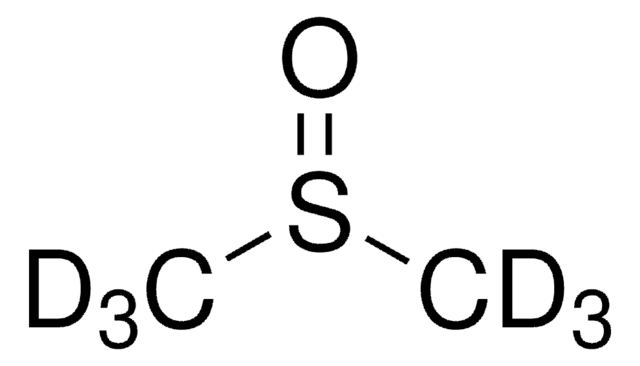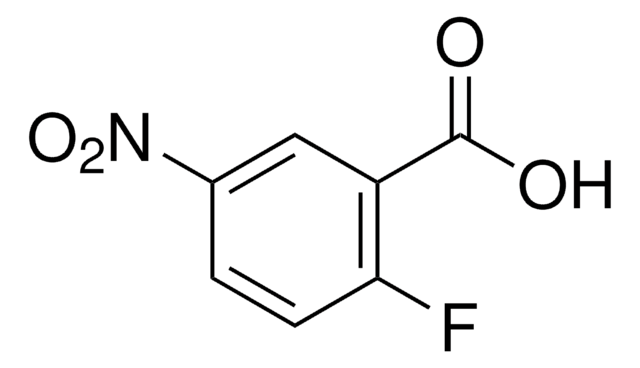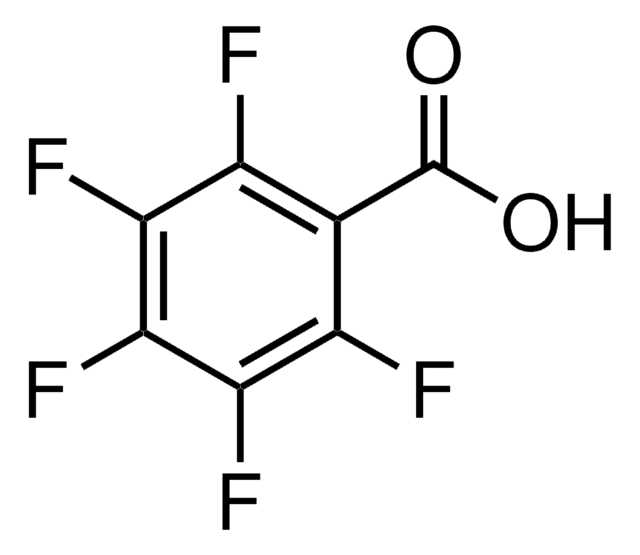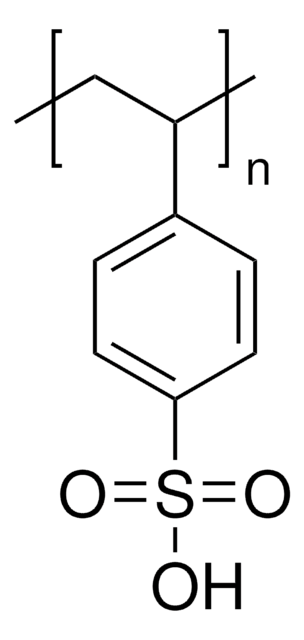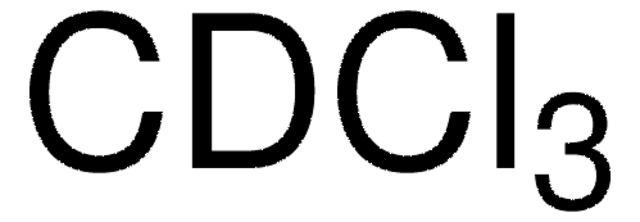372455
Graphite, fluorinated, polymer
extent of labeling: >61 wt. % F
Sign Into View Organizational & Contract Pricing
All Photos(1)
About This Item
Linear Formula:
(CFx)n, x~1.1
CAS Number:
EC Number:
MDL number:
UNSPSC Code:
12162002
NACRES:
NA.23
Recommended Products
form
powder
Quality Level
extent of labeling
>61 wt. % F
InChI
1S/C.F
InChI key
PRPAGESBURMWTI-UHFFFAOYSA-N
Looking for similar products? Visit Product Comparison Guide
Application
Used in cathodic materials, lubricants, image recording, pressure-sensitive copying and carbon filament incandescent lamps.
Signal Word
Warning
Hazard Statements
Precautionary Statements
Hazard Classifications
Eye Irrit. 2 - Skin Irrit. 2 - STOT SE 3
Target Organs
Respiratory system
Storage Class Code
11 - Combustible Solids
WGK
WGK 3
Flash Point(F)
Not applicable
Flash Point(C)
Not applicable
Choose from one of the most recent versions:
Certificates of Analysis (COA)
Lot/Batch Number
Don't see the Right Version?
If you require a particular version, you can look up a specific certificate by the Lot or Batch number.
Already Own This Product?
Find documentation for the products that you have recently purchased in the Document Library.
Thomas K Weldeghiorghis et al.
Journal of magnetic resonance (San Diego, Calif. : 1997), 165(2), 230-236 (2003-12-04)
Rotational-echo double resonance (REDOR) is a magic-angle spinning technique for measuring heteronuclear dipolar couplings. Rotor-synchronized pi pulses recouple the dipolar interaction. The accuracy of a REDOR determination of distance or orientation depends totally on the quality of the dephased (recoupled)
W Greatbatch et al.
Pacing and clinical electrophysiology : PACE, 19(11 Pt 2), 1836-1840 (1996-11-01)
The reduction in pacemaker size coupled with the addition of more current demanding functions has motivated the development of batteries that can supply higher current densities at useful voltages than the lithium/iodine batteries in use today while retaining the volumetric
Vasilii I Artyukhov et al.
The journal of physical chemistry. A, 114(16), 5389-5396 (2010-04-08)
Carbon monofluoride (CF)(n) and graphane are two very different materials from the practical point of view, but the basic chemical motifs of these materials are closely related: both can be described as two-dimensional polycyclic (fluoro-/hydro-)carbons. However, the actual experimental data
Our team of scientists has experience in all areas of research including Life Science, Material Science, Chemical Synthesis, Chromatography, Analytical and many others.
Contact Technical Service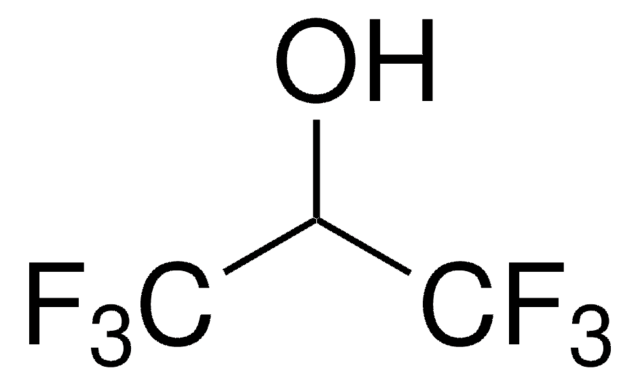
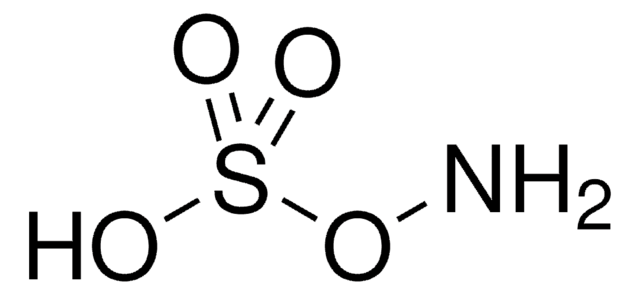
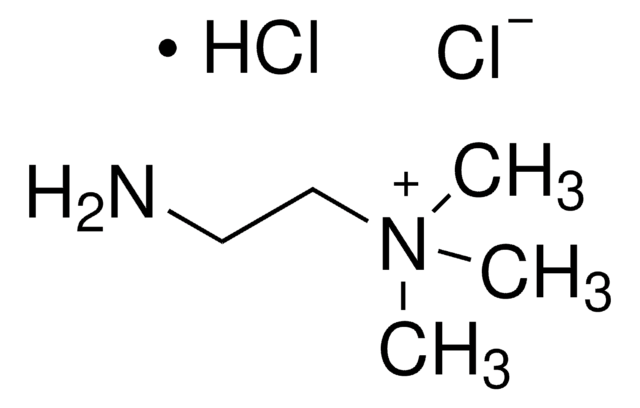
![Cucurbit[8]uril hydrate contains acid of crystalization](/deepweb/assets/sigmaaldrich/product/structures/281/346/2a1240af-8d5f-480f-a051-aa5f7a33f3ab/640/2a1240af-8d5f-480f-a051-aa5f7a33f3ab.png)
